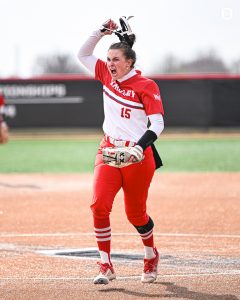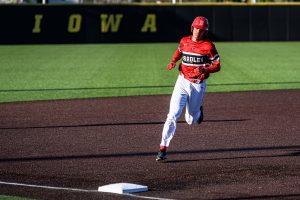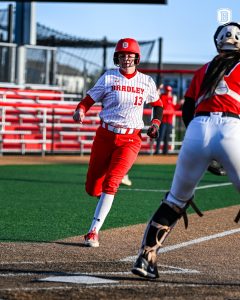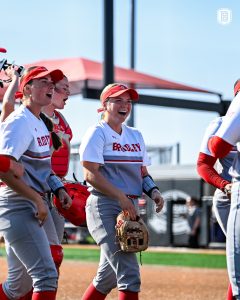We’ve reached the halfway point in the NFL season, and if you had the Chiefs at 8-0, congratulations. Seriously. Go buy a lottery ticket or something, because you’ve got to be some kind of psychic. But it doesn’t take a psychic to see the league is dealing with a serious safety problem. Rules have been changed and kickoffs all but eliminated, but concussions are still occurring on a weekly basis. The NFL is trying to reduce the number and severity of them, but in doing so, they might be setting themselves up for another problem in the future.
First, some background: In 2010, the NFL expanded the rules on “defenseless” players from wide receivers to everyone, including the quarterback. The rule prevents defenders from launching themselves forward and using their helmet to hit an opponent from the shoulders up. The rule was designed to cut down on the amount of helmet-to-helmet hits that caused concussions. It failed.
In 2012, the amount of concussions rose from 142 to 160, a 12.7 percent increase. Those figures don’t tell the whole story, however. They come from the injury reports released by the team after week one, so any player hurt before that isn’t counted. Teams that miss the playoffs don’t provide injury reports, so any player hurt in week 17 isn’t counted either, nor are any players on a team that loses in the playoffs. The NFL has an official count of 217 concussions for 2012, a 14 percent increase over the 190 it reported in 2011.
While it’s unlikely that the rules changes led to higher concussion rates in the league, there is a chance they’re causing something else, leg and knee injuries.
The league announced in late August of this year that they would be watching the hits and if they “became a problem” they would consider taking action. The players, however, had voiced this concern back when the rule change was announced in 2010. Steelers quarterback Ben Roethlisberger even went so far to say “I’d rather have a concussion than a blown-out knee.”
Unfortunately, the new rules may be to blame for several injuries, both this season and in past seasons. In the 2013 preseason, Miami tight end Dustin Keller took a direct hit to the knee from Houston safety D.J. Swearinger, dislocating Keller’s knee and tearing his ACL, MCL, and PCL. Swearinger admitted later he was afraid of being fined if he hit Keller too high, so he went low and ended Keller’s season. Green Bay receiver Randall Cobb took a helmet to the knee from Baltimore safety Matt Elam and ended up on IR with a fractured fibia. In 2011, Minnesota running back Adrian Peterson tore his ACL and MCL when he was hit low by Washington safety DeJon Gomes. That same season, Denver running back Knowshown Moreno tore his ACL when he was hit low in a game against Kansas City.
Last offseason, a rule preventing players on both sides of the ball from leading with their helmet was enacted. That rule forced players like Kansas City’s Jamaal Charles to aim for the legs when blocking, and in week seven one of those blocks took out Houston linebacker Brian Cushing. Cushing suffered a torn MCL and a broken leg, ending his season.
Like concussions, torn ACLs are on the rise. In 2011, 25 players were placed on IR with a torn ACL, in 2012 it was 32. This year, there were 30 ACL tears as of last week. None of those numbers count injuries like Randall’s, since his was “just” a broken leg, but it would count non-contact injuries like Colts wide receiver Reggie Wayne.
So what does all that mean? It means that concussions, obviously, are the biggest issue facing the league right now. They’re dangerous and can lead to even more severe problems down the road. But most players aren’t worried about the future, they’re worried about the present. They want to play. And if taking a few hits to the head saves their knees, they’ll do that. The rules designed to prevent concussions are going to lead to more leg and knee injuries, and eventually the players are going to have to make a choice: their life, or their career.
Garth Shanklin is a sophomore sports communication major from Williamsburg, OH. He is a Scout off staffer. Direct comments, questions and other responses to gshanklin@mail.bradley.edu.




